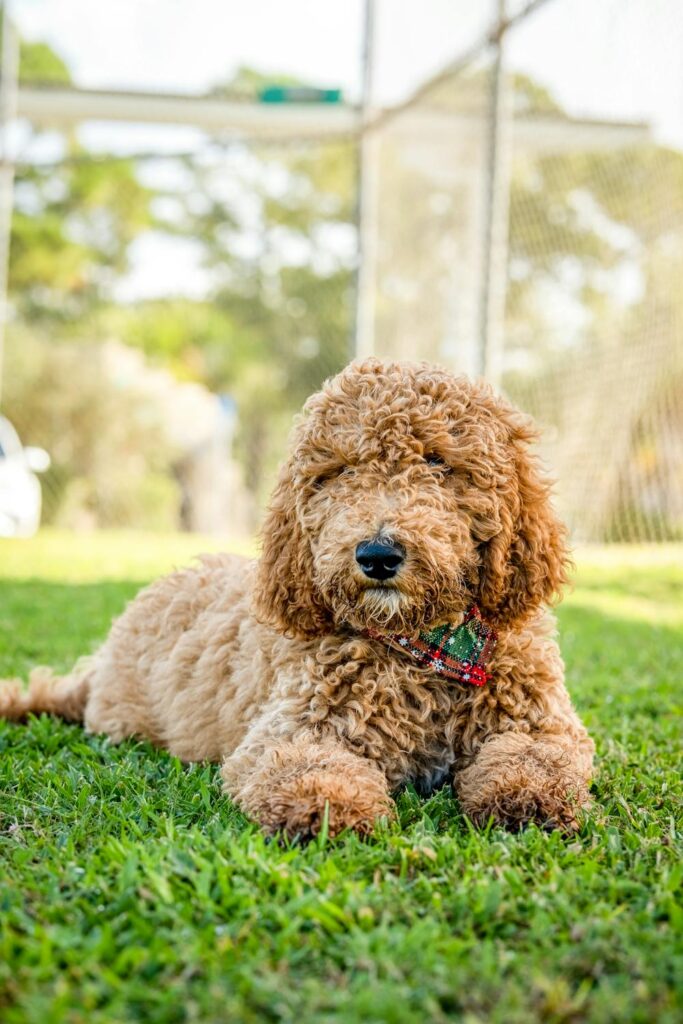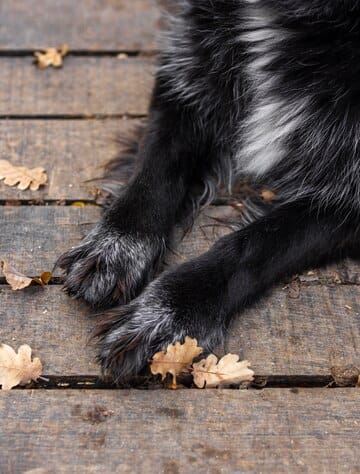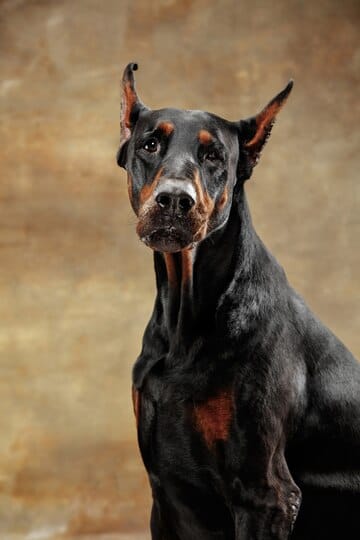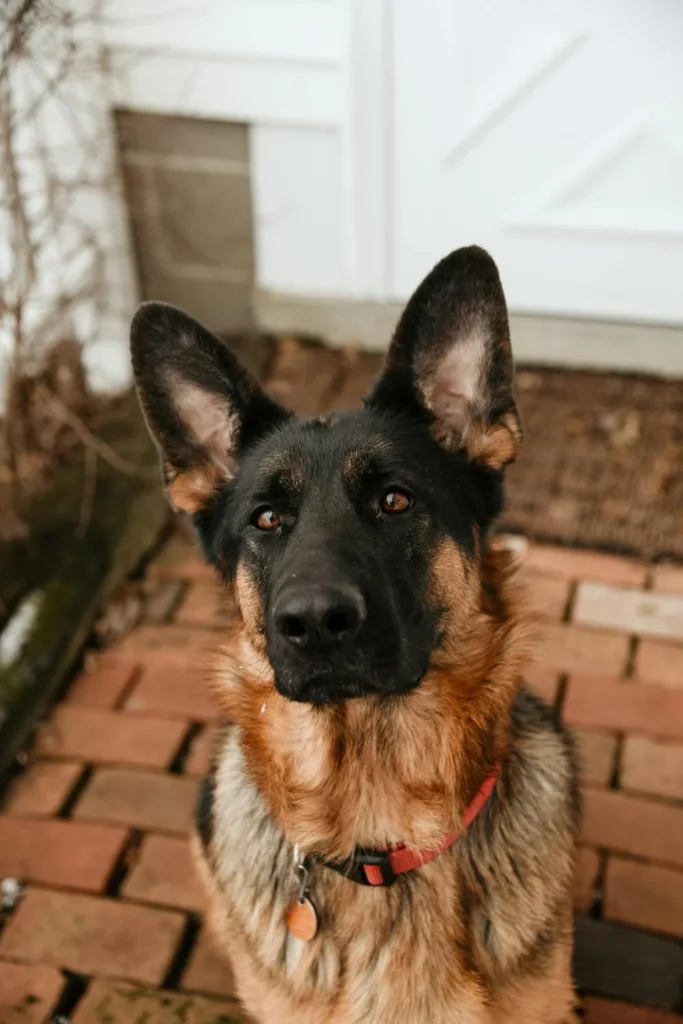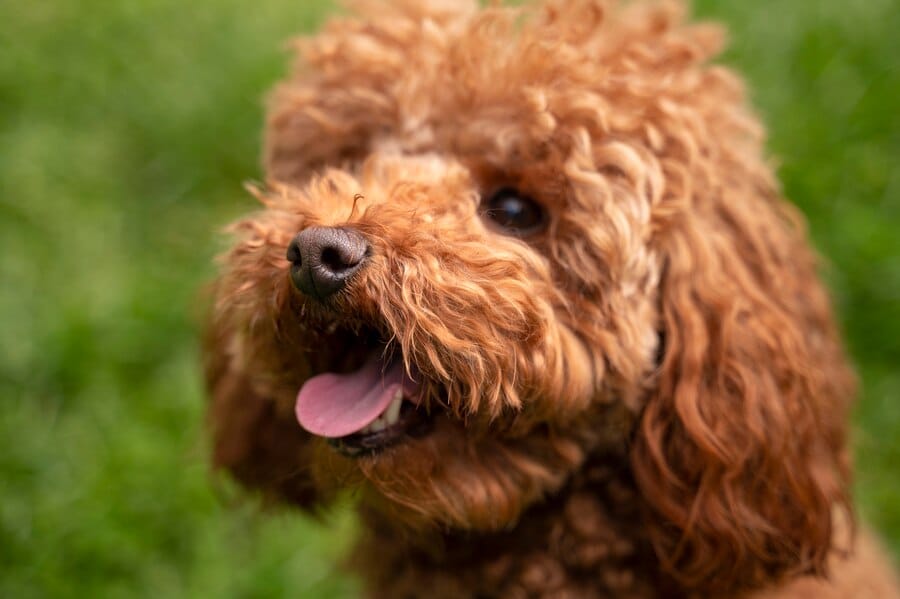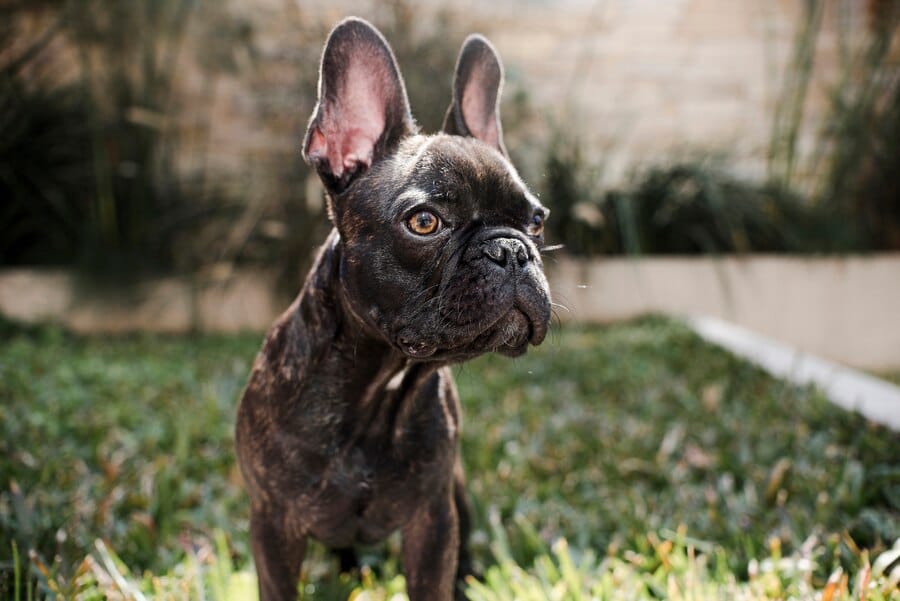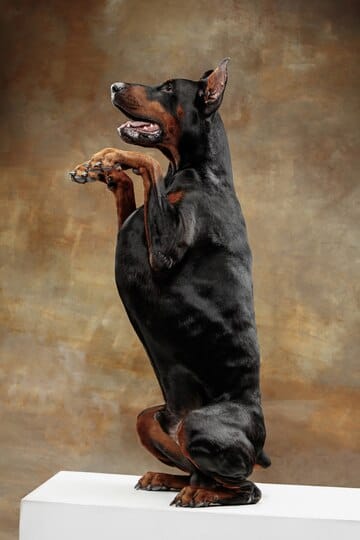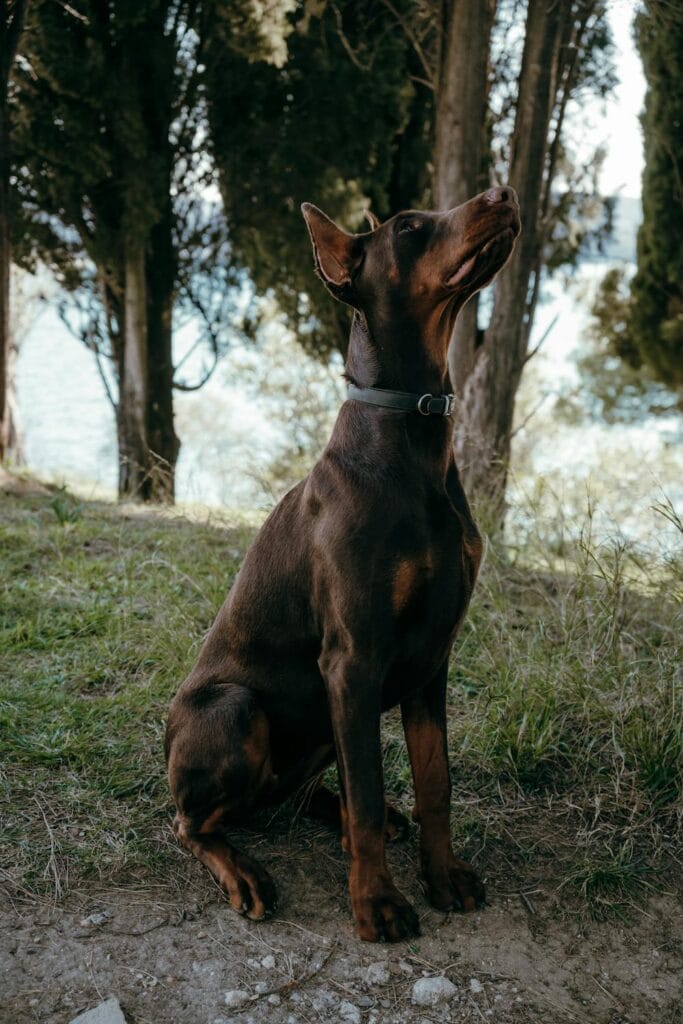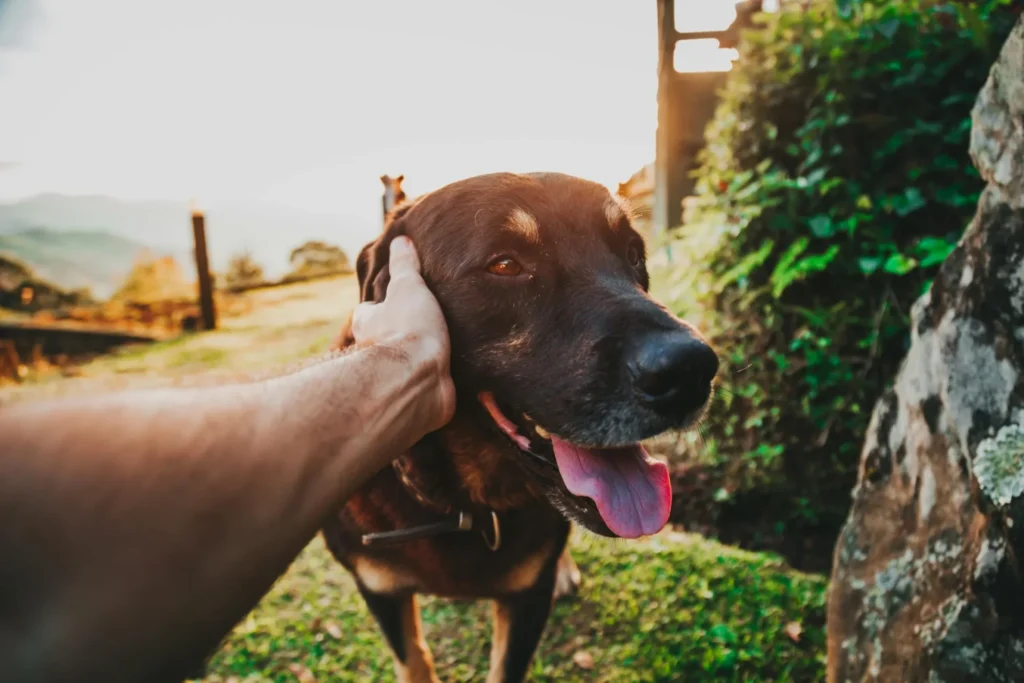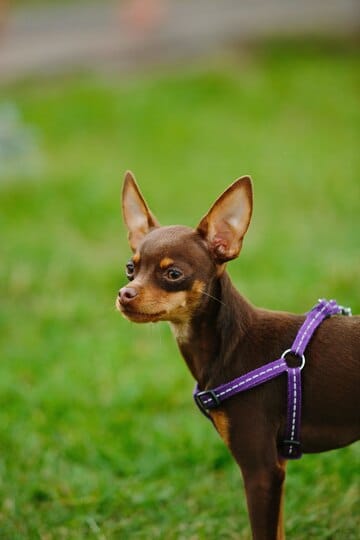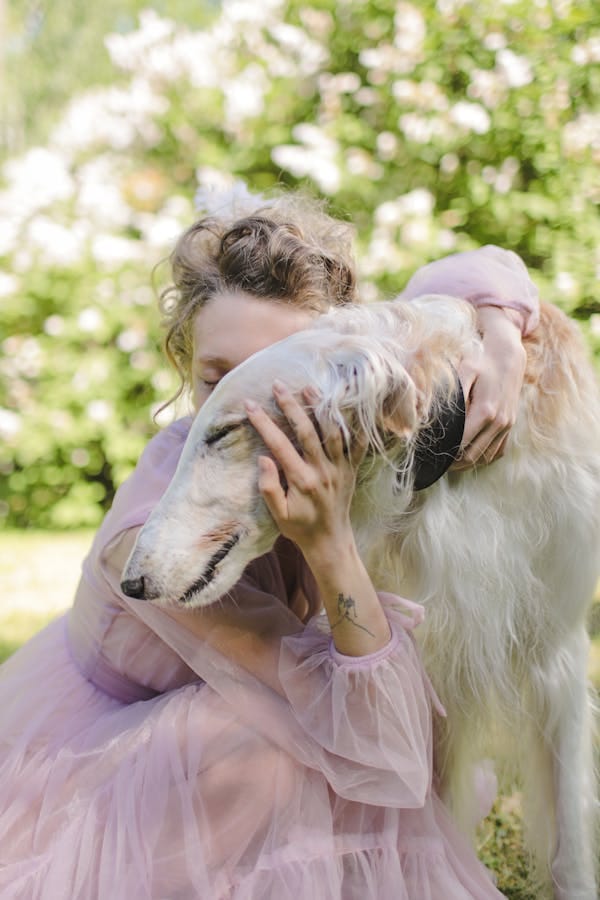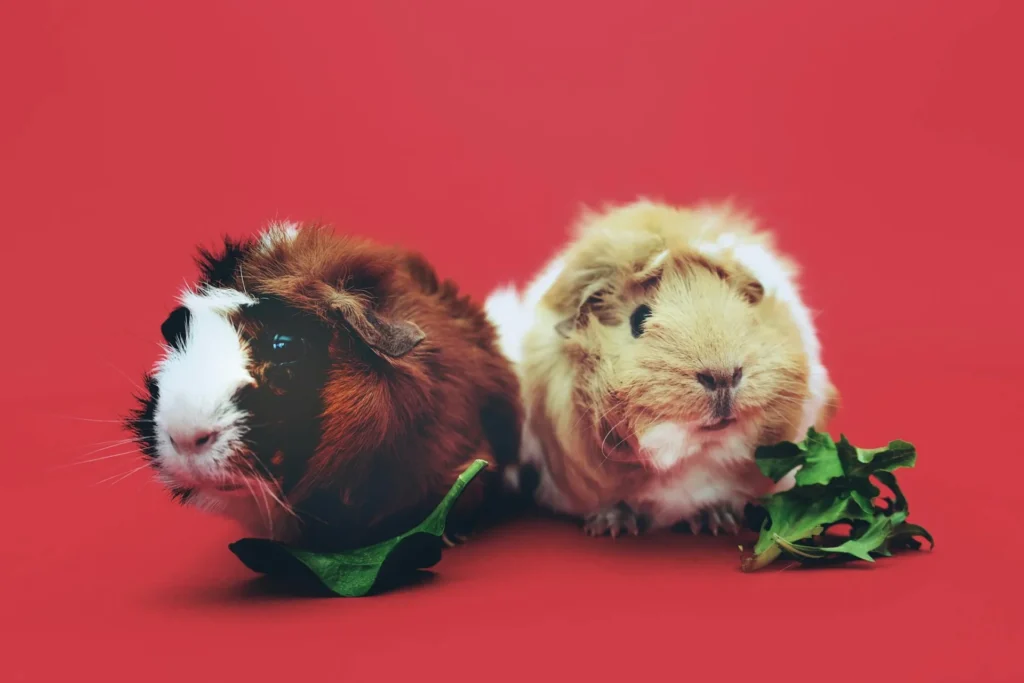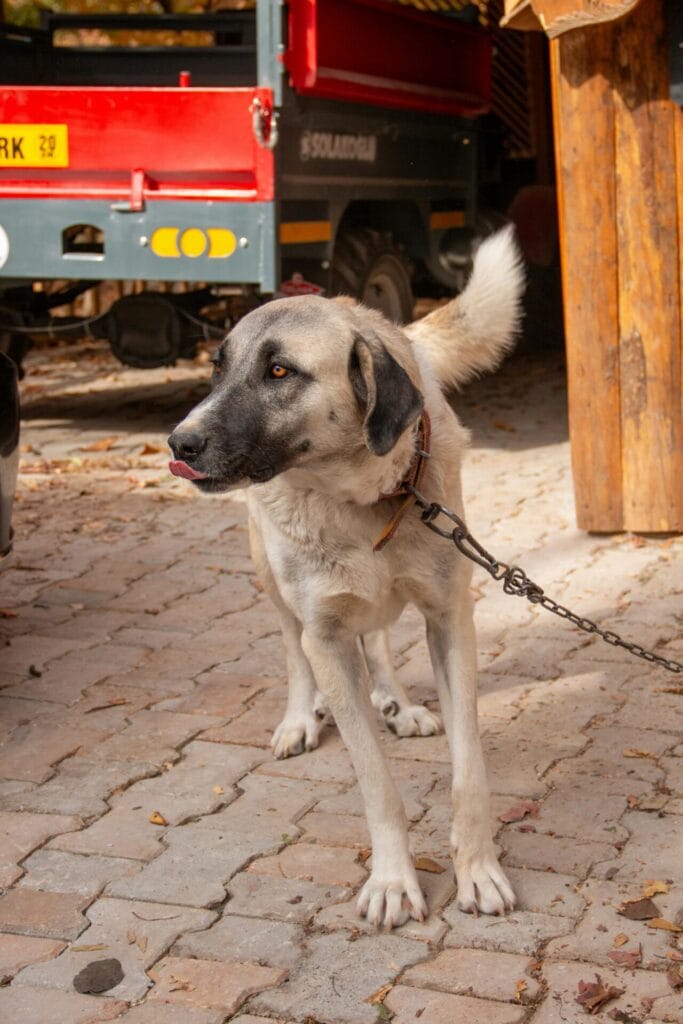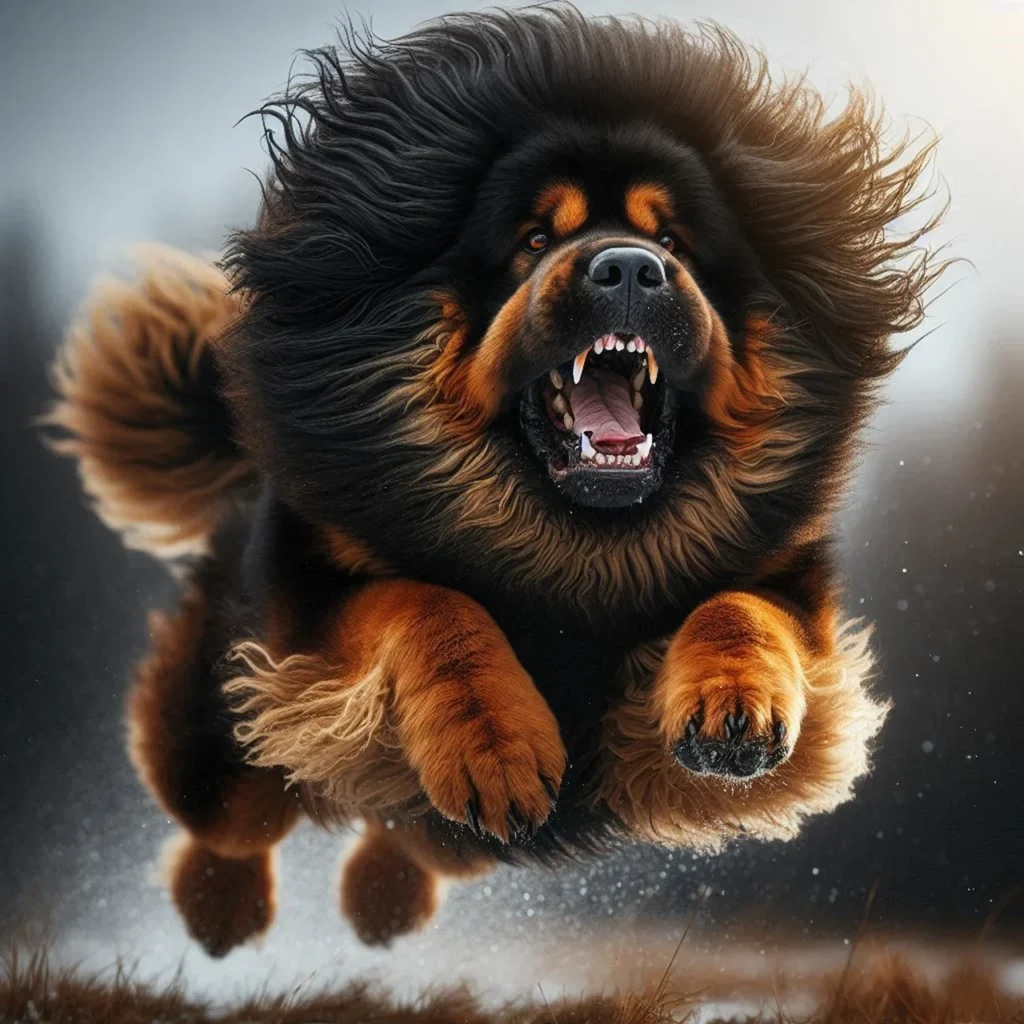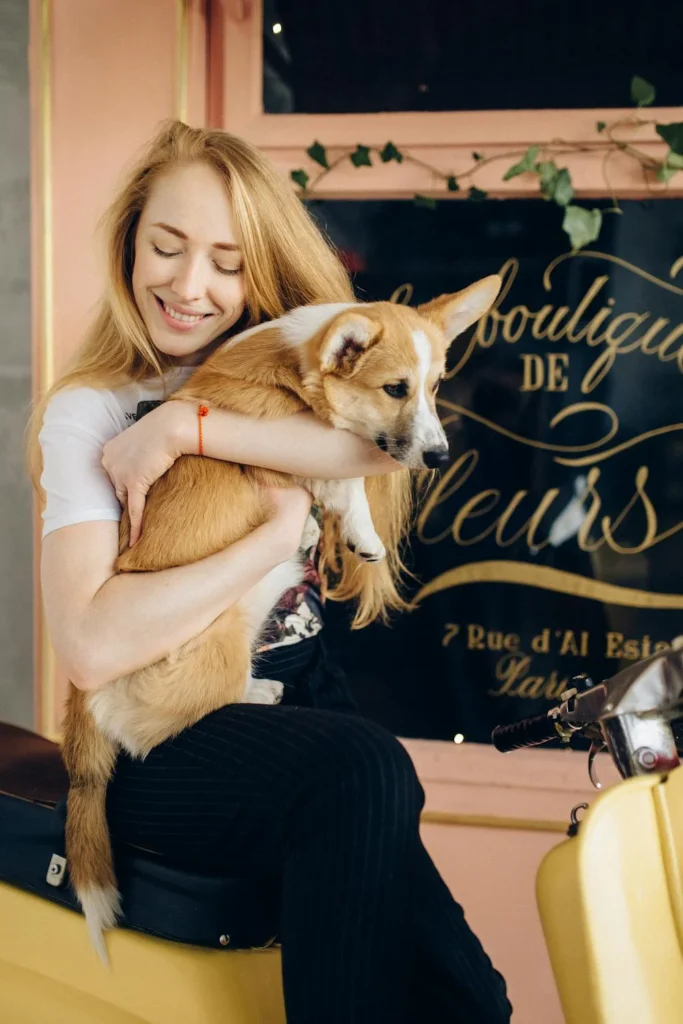- Introduction: The Doodle Debate Decoded
- The Poodle Primer: Understanding the Foundation 🐩101
- The Doodle Craze: How Did We Get Here? 📈
- Worst Poodle Mixes: A Controversial List 📊
- Size Matters: The Big Dog Dilemma 🐘
- Coat Conundrums: When Hypoallergenic Hopes Fall Short 🦱
- Temperament Troubles: When Personalities Clash 😠
- Health Hazards: Genetic Russian Roulette 🎲
- The Ethical Equation: Breeding for Profit vs. Health 💰vs.❤️
- Doodle Dilemma Details: Breed-by-Breed Breakdown 📊
- The Genetic Gamble: Understanding Inheritance in Doodles 🧬
- The Responsibility Factor: Are Owners Prepared? 🤔
- The Breeder’s Role: Quality Control in Doodle Production 🏭
- Solutions: Navigating the Doodle Dilemma 🧭
- The Future of Doodles: Trends and Predictions 🔮
- Conclusion: Embracing Canine Diversity 🌈
- FAQs About the Worst Poodle Mixes 🤔
Introduction: The Doodle Debate Decoded
In recent years, the world of dog breeding has seen an explosion of “doodle” breeds – poodle mixes designed to combine the hypoallergenic coat of the poodle with the characteristics of other popular breeds. While many of these mixes have gained popularity, not all doodle combinations are created equal. In this comprehensive guide, we’ll explore some of the worst poodle mixes, examining why certain combinations might not live up to the doodle hype. Buckle up for a journey through the complex world of canine genetics and the realities of designer dog breeding! 🧬🐕
The Poodle Primer: Understanding the Foundation 🐩101
Before we dive into the world of poodle mixes, let’s refresh our understanding of the poodle itself:
Poodle Varieties:
- Standard Poodle (over 15 inches tall)
- Miniature Poodle (10-15 inches)
- Toy Poodle (under 10 inches)
Poodles are known for their:
- Intelligence 🧠
- Hypoallergenic coat 🦠
- Athletic ability 🏃♂️
- Versatility in various roles 🎭
These traits make poodles an attractive option for creating mixed breeds. However, not all of these traits translate perfectly when mixed with other breeds.
The Doodle Craze: How Did We Get Here? 📈
The popularity of poodle mixes, or “doodles,” can be traced back to the 1980s with the creation of the Labradoodle. The original intent was to create a hypoallergenic guide dog. Since then, breeders have mixed poodles with numerous other breeds, aiming to combine the poodle’s non-shedding coat with various desirable traits from other breeds.
Common Doodle Breeds:
- Labradoodle (Labrador + Poodle)
- Goldendoodle (Golden Retriever + Poodle)
- Cockapoo (Cocker Spaniel + Poodle)
- Bernedoodle (Bernese Mountain Dog + Poodle)
While many of these mixes have found success and popularity, others have proven more problematic.
Worst Poodle Mixes: A Controversial List 📊
Determining the “worst” poodle mixes is subjective and can be controversial. However, some combinations present more challenges than others. Here’s a list of poodle mixes that often face criticism:
- Sheepadoodle (Old English Sheepdog + Poodle)
- Saint Berdoodle (Saint Bernard + Poodle)
- Great Danoodle (Great Dane + Poodle)
- Newfypoo (Newfoundland + Poodle)
- Cane Corsodoodle (Cane Corso + Poodle)
Let’s explore why these mixes often face challenges.
Size Matters: The Big Dog Dilemma 🐘
One common theme among problematic poodle mixes is the combination of poodles with very large breeds. This can lead to various issues:
- Unpredictable Size: Mixing a Standard Poodle with a giant breed can result in offspring of widely varying sizes, even within the same litter.
- Health Concerns: Large and giant breeds often have specific health issues that can be exacerbated when mixed with poodles.
- Exercise Needs: The high energy of poodles combined with the size of a giant breed can result in a dog with extensive exercise requirements, which many owners find challenging.
- Lifespan Discrepancies: Poodles generally have longer lifespans than giant breeds, leading to unpredictable longevity in the mix.
Coat Conundrums: When Hypoallergenic Hopes Fall Short 🦱
One of the main reasons people seek out doodle breeds is the promise of a hypoallergenic coat. However, this doesn’t always pan out as expected:
- Inconsistent Coat Types: Even within the same litter, puppies can have vastly different coat types, ranging from curly and non-shedding to straight and shedding.
- High Maintenance Grooming: Some mixes end up with coats that are more difficult to maintain than either parent breed, requiring frequent and expensive grooming.
- Shedding Surprises: Despite the “hypoallergenic” label, some doodle mixes still shed significantly, disappointing owners who expected a non-shedding dog.
Temperament Troubles: When Personalities Clash 😠
Mixing breeds with very different temperaments can lead to unpredictable results:
- Conflicting Instincts: For example, mixing a high-prey drive breed with a poodle can result in a dog with confusing and potentially problematic instincts.
- Training Challenges: Some mixes inherit stubbornness from one parent and high intelligence from the poodle, making training a complex task.
- Anxiety Issues: Certain combinations can be prone to anxiety, especially when high-energy poodles are mixed with more laid-back breeds.
Health Hazards: Genetic Russian Roulette 🎲
Mixing breeds can sometimes compound health issues rather than resolving them:
- Hybrid Vigor Myth: While mixed breeds can be healthier, this isn’t guaranteed, especially when both parent breeds have known health issues.
- New Combinations of Health Problems: Mixes can inherit health issues from both parent breeds, potentially facing a wider range of problems.
- Size-Related Health Issues: Mixes that combine very different sizes can face unique health challenges related to their physical structure.
The Ethical Equation: Breeding for Profit vs. Health 💰vs.❤️
One of the biggest criticisms of “designer” doodle breeds is the ethical concern:
- Profit-Driven Breeding: Many doodle mixes are created primarily for profit, with less focus on health and temperament.
- Lack of Breed Standards: Without established breed standards, there’s little consistency in doodle breeding practices.
- Overwhelming Shelters: As doodle popularity soars, more of these dogs end up in shelters when owners realize they can’t meet their needs.
Doodle Dilemma Details: Breed-by-Breed Breakdown 📊
Let’s take a closer look at some of the more challenging poodle mixes:
1. Sheepadoodle (Old English Sheepdog + Poodle)
| Aspect | Challenge |
|---|---|
| Size | Can range from 45-80 lbs, unpredictable |
| Coat | Extremely high maintenance, prone to matting |
| Exercise Needs | Very high, combination of two active breeds |
| Temperament | Can be overly energetic and difficult to train |
2. Saint Berdoodle (Saint Bernard + Poodle)
| Aspect | Challenge |
|---|---|
| Size | Can exceed 100 lbs, too large for many homes |
| Health | Prone to hip dysplasia, bloat, and heart issues |
| Lifespan | Often shorter than either parent breed |
| Drooling | Saint Bernard drooling often persists in mix |
3. Great Danoodle (Great Dane + Poodle)
| Aspect | Challenge |
|---|---|
| Size | Extremely large, can be over 100 lbs |
| Health | Prone to bloat, hip dysplasia, and heart issues |
| Lifespan | Often very short, 6-8 years on average |
| Exercise | High energy needs despite large size |
4. Newfypoo (Newfoundland + Poodle)
| Aspect | Challenge |
|---|---|
| Size | Very large, often over 100 lbs |
| Coat | Can be extremely thick and difficult to maintain |
| Drooling | Often inherits Newfoundland’s drooling tendency |
| Health | Prone to hip dysplasia and heart issues |
5. Cane Corsodoodle (Cane Corso + Poodle)
| Aspect | Challenge |
|---|---|
| Temperament | Can be aggressive if not properly socialized |
| Size | Large and powerful, often too much for average owner |
| Training | Can be stubborn and challenging to train |
| Exercise | Very high energy, requires significant exercise |
The Genetic Gamble: Understanding Inheritance in Doodles 🧬
To truly grasp why some poodle mixes are more challenging than others, we need to delve into the basics of canine genetics:
- Dominant vs. Recessive Traits: Some traits, like coat type, are influenced by dominant and recessive genes. This is why not all doodles have the desired “hypoallergenic” coat.
- Polygenic Traits: Many important traits, such as size and temperament, are influenced by multiple genes, making them hard to predict in mixes.
- Epigenetics: Environmental factors can influence how genes are expressed, adding another layer of unpredictability to doodle mixes.
Understanding these genetic principles helps explain why breeding two purebred dogs doesn’t result in a simple 50/50 mix of traits.
The Responsibility Factor: Are Owners Prepared? 🤔
Many issues with challenging doodle mixes stem from a mismatch between the dog’s needs and the owner’s expectations or capabilities:
- Exercise Requirements: Many doodle mixes need more exercise than their owners anticipate.
- Grooming Needs: The combination of poodle coat with another breed’s coat can result in high-maintenance grooming requirements.
- Training Commitment: Some mixes require extensive training and socialization to manage their complex temperaments.
- Space Considerations: Large doodle mixes often need more space than many owners can provide.
The Breeder’s Role: Quality Control in Doodle Production 🏭
The issues with problematic doodle mixes often start with the breeding process:
- Health Testing: Responsible breeders conduct health tests on parent dogs, but this isn’t always the case with doodle breeders.
- Temperament Screening: Choosing parent dogs with compatible temperaments is crucial but often overlooked.
- Generational Considerations: Some breeders create “multi-gen” doodles, which can be more predictable, but others stick to first-generation mixes, which are more variable.
- Profit vs. Purpose: Many doodle breeders are motivated more by profit than by improving the breed, leading to less careful breeding practices.
Solutions: Navigating the Doodle Dilemma 🧭
While there are challenges with certain poodle mixes, there are also ways to mitigate these issues:
- Thorough Research: Prospective owners should thoroughly research the specific mix they’re interested in, understanding potential challenges.
- Responsible Breeding: Support breeders who prioritize health testing, temperament, and ethical breeding practices.
- Adoption Consideration: Consider adopting a doodle mix from a shelter or rescue, where you can often get a better sense of the adult dog’s traits.
- Realistic Expectations: Understand that no dog is perfect, and be prepared for the responsibilities of dog ownership.
- Professional Support: Work with professional trainers and groomers who have experience with doodle mixes.
The Future of Doodles: Trends and Predictions 🔮
As the doodle craze continues, we’re likely to see some changes:
- Standardization Efforts: Some doodle enthusiasts are pushing for breed standardization, which could lead to more predictable outcomes.
- Health-Focused Breeding: Increased awareness may lead to more health-focused breeding practices.
- New Combinations: We’ll likely continue to see new poodle mixes emerge, for better or worse.
- Backlash and Regulation: As problems with some doodle mixes become more apparent, we may see increased regulation of designer dog breeding.
Conclusion: Embracing Canine Diversity 🌈
While some poodle mixes present significant challenges, it’s important to remember that every dog is an individual. The “worst” doodle mix on paper could still be an wonderful pet in the right home, while even the most carefully bred purebred dog could have issues.
The key is informed, responsible dog ownership. Whether you choose a purebred, a carefully bred doodle, or adopt a mixed breed from a shelter, the most important factors are your commitment to providing proper care, training, and love.
Remember, the best dog for you is one that fits your lifestyle, regardless of its breed or mix. By understanding the potential challenges of different breeds and mixes, you can make an informed decision and be better prepared for the joys and responsibilities of dog ownership. 🐾💖
FAQs About the Worst Poodle Mixes 🤔
- Q: Are all doodle mixes bad?
A: No, many doodle mixes make wonderful pets. However, some combinations can present more challenges than others. - Q: Why are some poodle mixes considered worse than others?
A: Mixes that combine very different sizes, conflicting temperaments, or compound health issues are often considered more problematic. - Q: Are doodle mixes always hypoallergenic?
A: No, the hypoallergenic trait is not guaranteed in doodle mixes. Coat type can vary even within the same litter. - Q: Why are giant breed-poodle mixes often problematic?
A: These mixes often face health issues related to size discrepancies and can have exercise needs that are difficult for many owners to meet. - Q: Are there any health benefits to mixed breed dogs?
A: While mixed breeds can sometimes benefit from hybrid vigor, this isn’t guaranteed, especially when both parent breeds have known health issues. - Q: How can I find a responsible doodle breeder?
A: Look for breeders who conduct health tests on parent dogs, provide health guarantees, and are transparent about potential issues with the mix. - Q: Should I avoid doodle mixes altogether?
A: Not necessarily. If you’re prepared for the potential challenges and find a responsible breeder, many doodle mixes can make great pets. - Q: Are there any doodle mixes that are considered more successful than others?
A: Some of the more established mixes, like Labradoodles and Goldendoodles, tend to have more predictable outcomes due to years of selective breeding. - Q: How can I prepare for the challenges of owning a doodle mix?
A: Research the specific mix thoroughly, be prepared for potential grooming and exercise needs, and commit to proper training and socialization. - Q: Are there alternatives to doodle mixes for people wanting a hypoallergenic dog?
A: Yes, there are many recognized hypoallergenic breeds, including Poodles, Bichon Frises, and Portuguese Water Dogs, among others.

